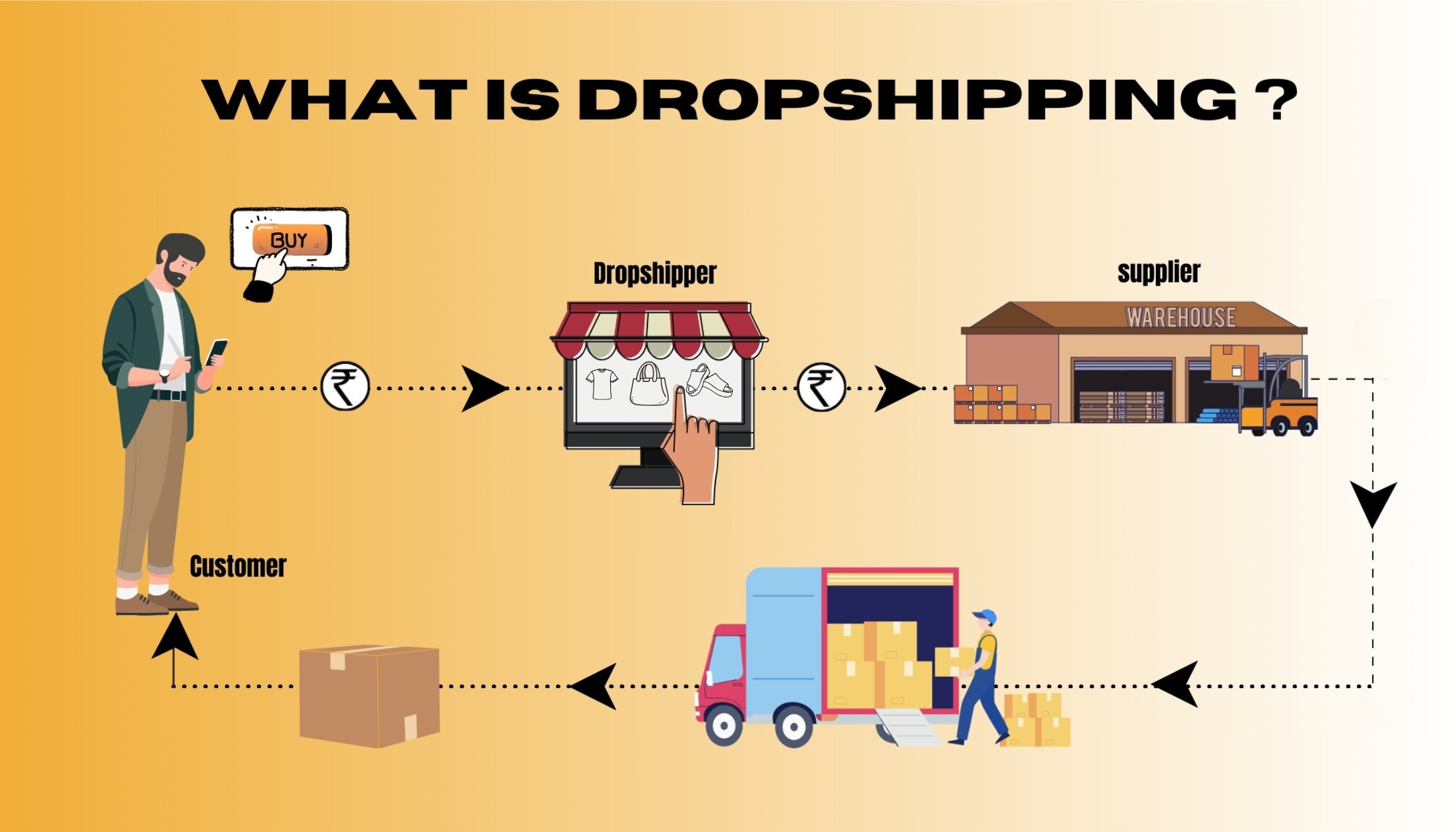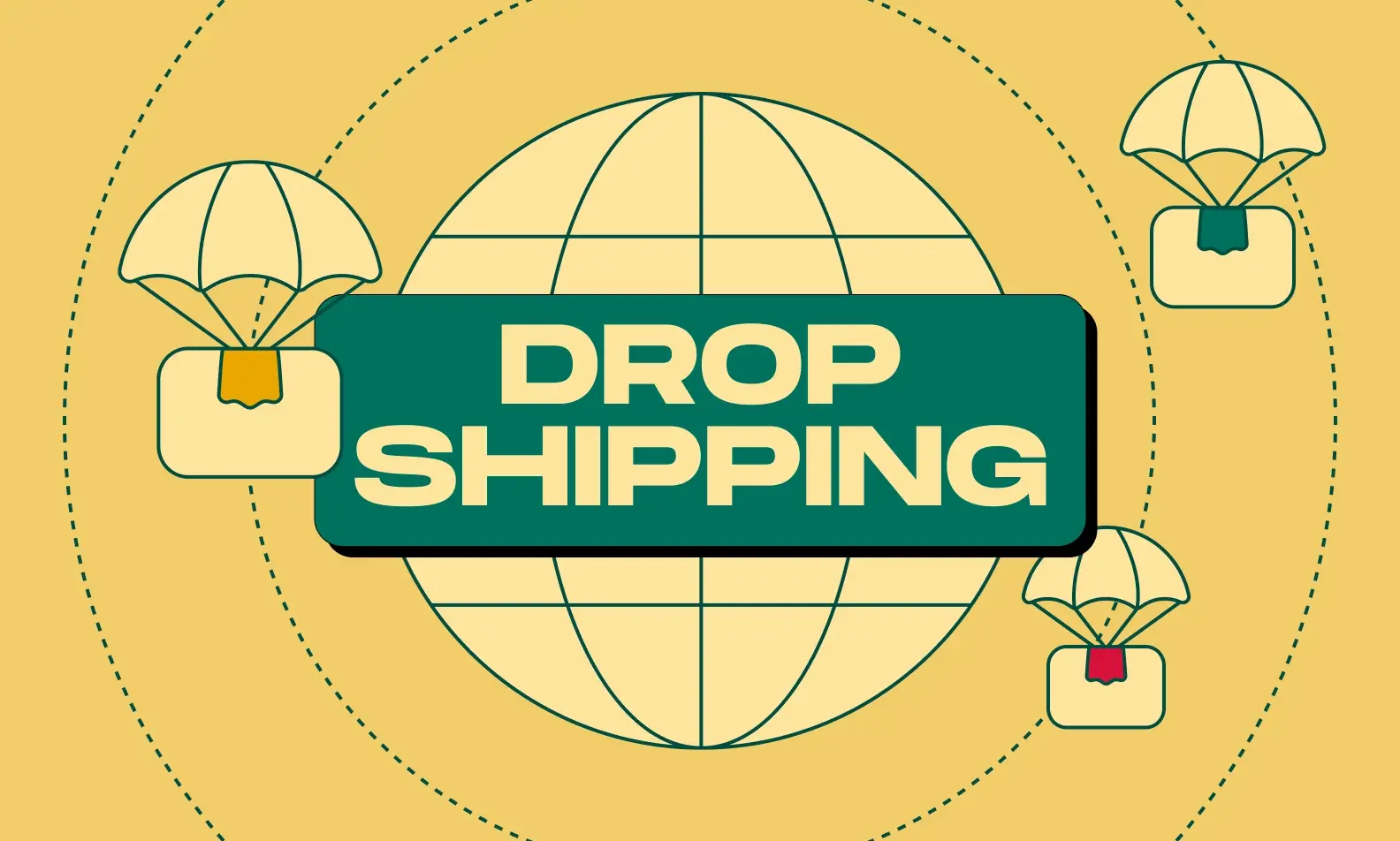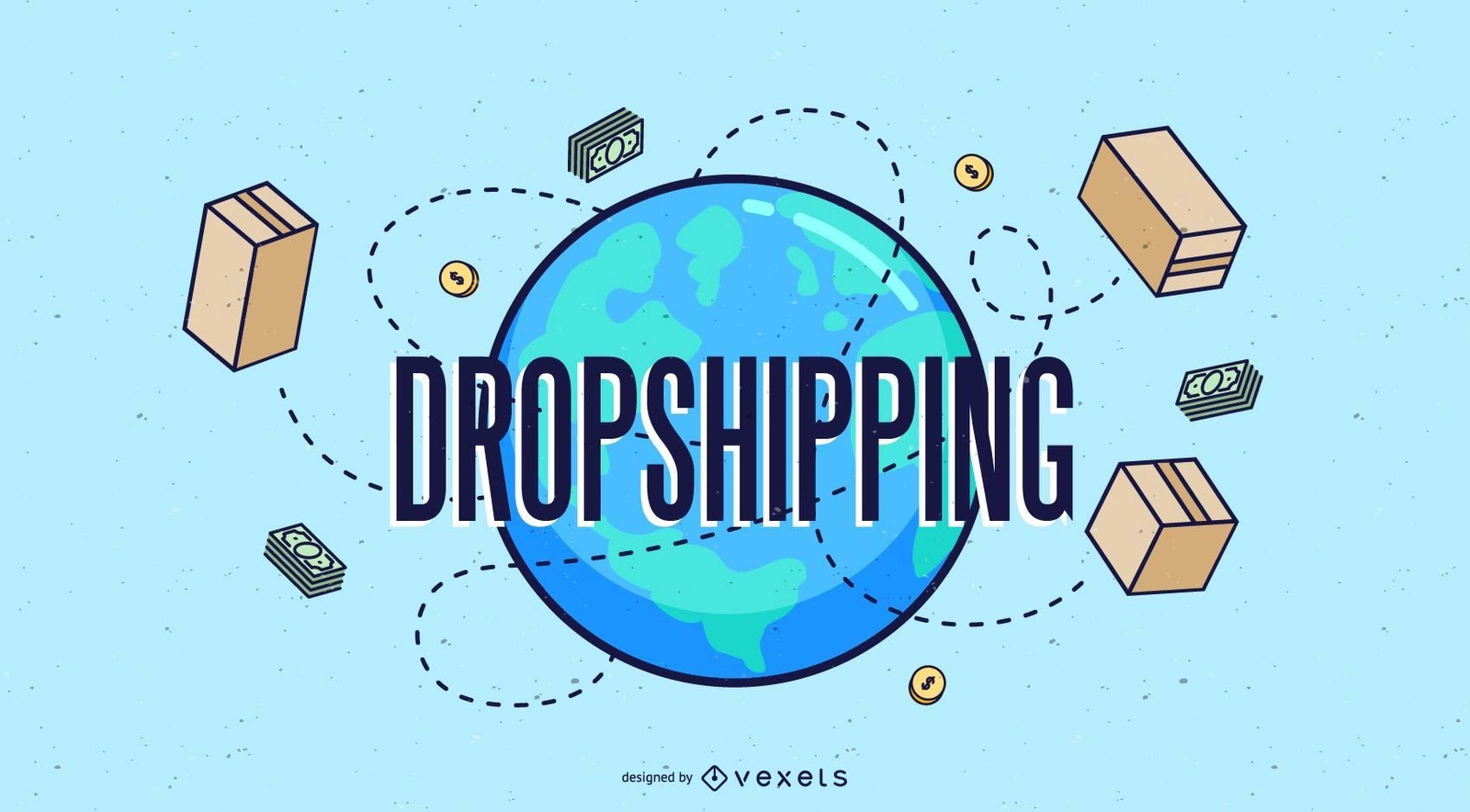Dropshipping has emerged as one of the most accessible and popular business models in digital commerce, offering entrepreneurs a low-barrier entry into the world of online retail. This innovative fulfillment method allows sellers to operate without maintaining physical inventory, fundamentally changing how businesses approach e-commerce operations.
At its core, dropshipping is a retail business model where sellers accept customer orders without keeping stock on hand. Instead, when a customer makes a purchase, the seller transfers the order details to a manufacturer, wholesaler, or fulfillment center, which then ships the product directly to the customer. This supply chain management approach eliminates the need for warehouses, reduces overhead costs, and allows entrepreneurs to focus primarily on marketing and customer acquisition rather than inventory management.
The appeal of dropshipping lies in its minimal startup requirements and operational flexibility. Unlike traditional retail models that demand significant upfront investment in inventory, storage facilities, and staff, dropshipping can be managed from anywhere with an internet connection. This accessibility has made it particularly attractive to new entrepreneurs and those looking to test market demand for products without substantial financial risk.
However, success in dropshipping requires more than just setting up a basic online store. The technical infrastructure supporting your dropshipping business plays a crucial role in determining operational efficiency, customer satisfaction, and long-term scalability. From the e-commerce platform you choose to the payment processing systems and inventory management tools, every component of your tech stack influences your business’s performance and growth potential.
Understanding the Dropshipping Business Model

The Dropshipping Process Flow
The dropshipping process follows a straightforward yet sophisticated workflow that connects multiple parties seamlessly. When a customer places an order on your online store, you receive both the order details and payment at your set retail price. You then forward this order information to your supplier, who handles the packaging and shipping directly to your customer. Throughout this process, you maintain control over pricing, branding, and customer communication while your supplier manages the physical fulfillment.
Key Players in the Dropshipping Ecosystem
The dropshipping model involves three primary stakeholders: the retailer (you), the supplier, and the customer. As the retailer, you serve as an intermediary between consumers and suppliers, curating and promoting products while building your brand. Suppliers can include manufacturers, wholesalers, or specialized dropshipping companies that handle inventory storage and order fulfillment. Customers interact exclusively with your brand, creating a cohesive shopping experience despite the behind-the-scenes complexity.
Advantages and Challenges
Dropshipping offers significant advantages, including minimal initial investment, reduced overhead costs, location independence, and the ability to test products without inventory risk. Amazon’s early success exemplifies this model’s potential, as they offered over a million book titles while maintaining inventory for only 2,000 popular titles. However, challenges include lower profit margins, limited control over product quality and shipping times, and increased dependency on supplier reliability.
Essential Tech Stack Components for Dropshipping
Frontend Technologies
Your dropshipping store’s frontend serves as the primary customer touchpoint, making technology choices critical for user experience and conversion rates. React and Vue.js have emerged as dominant frontend frameworks for e-commerce development, offering responsive design capabilities and seamless user interactions. These technologies enable fast-loading pages, intuitive navigation, and mobile-optimized experiences that are essential for modern online shopping.
Backend Infrastructure
The backend infrastructure powers your store’s core functionality, handling everything from order processing to inventory synchronization. Popular backend solutions include Node.js with Express framework, Java Spring Boot, and Python Django. Java Spring Boot particularly excels in building robust, scalable e-commerce platforms with strong community support and excellent handling of complex business logic. The .NET stack, incorporating ASP.NET MVC and Entity Framework, provides secure authentication and seamless payment gateway integration.

Database Management Systems
Effective database management is crucial for handling product information, customer data, and order tracking. MySQL remains a reliable choice for structured e-commerce data, offering robust performance for high-traffic platforms. For businesses requiring more flexibility with unstructured data, MongoDB provides excellent scalability options. PostgreSQL offers advanced features for complex queries and data relationships, making it suitable for sophisticated dropshipping operations.
E-commerce Platform Solutions
Hosted SaaS platforms like Shopify and BigCommerce offer quick setup and built-in dropshipping functionality, making them ideal for beginners. These platforms provide integrated payment processing, inventory management, and supplier connectivity tools. For businesses requiring more customization, headless commerce solutions and custom-built stacks using MERN (MongoDB, Express, React, Node.js) provide complete control over functionality and user experience.
Specialized Dropshipping Software and Tools
Automated Order Management
Modern dropshipping relies heavily on automation tools that streamline order processing and supplier communication. Platforms like DSers integrate directly with AliExpress, enabling bulk order placement, tracking number synchronization, and multi-store management. Yakkyofy offers comprehensive automation for daily dropshipping tasks, including one-click product imports and automated tracking number updates.
Supplier Integration Platforms
Advanced dropshipping platforms like Mirakl provide AI-driven tools for supplier onboarding, product catalog integration, and performance tracking. These platforms use artificial intelligence for data mapping, reducing manual effort and accelerating time-to-market for new products. Fabric Dropship specializes in vendor management and order lifecycle monitoring, providing retailers with high-quality data for decision-making.
Inventory and Pricing Optimization
Successful dropshipping requires sophisticated pricing strategies and inventory tracking. Tools like ProShip support multi-carrier shipping and work with major EDI vendors to distribute rating information across extensive dropship vendor networks. Kentro offers ERP solutions specifically designed for dropshipping, featuring real-time inventory tracking and seamless supplier integration.
AI Integration in Modern Dropshipping

Automated Customer Support
Artificial intelligence has revolutionized customer service in dropshipping businesses. AI-powered customer support agents can handle basic inquiries 24/7, improving response times and customer satisfaction. These tools excel at managing routine questions about order status, shipping information, and product details, allowing human agents to focus on complex issues.
Content Creation and Optimization
AI tools significantly enhance content creation for dropshipping stores. Generative AI can produce search-optimized product descriptions, create compelling marketing copy, and even generate product imagery with realistic backgrounds and models. These capabilities help dropshippers maintain professional presentation standards without extensive design resources.
Market Research and Pricing Strategy
AI-powered research tools identify trending products and optimize pricing strategies based on market analysis. These systems monitor competitor prices, analyze customer behavior patterns, and suggest optimal pricing to maximize profitability while remaining competitive. Such insights are invaluable for dropshippers operating in dynamic markets with rapidly changing demand patterns.
Payment Processing and Security
Payment Gateway Integration
Reliable payment processing is fundamental to dropshipping success. Stripe and PayPal remain the most popular choices, offering streamlined checkout experiences and support for multiple payment methods. These platforms provide robust fraud protection, international payment support, and easy integration with major e-commerce platforms.
Security Considerations
Dropshipping businesses must prioritize security to protect customer data and maintain trust. Implementing SSL certificates, PCI DSS compliance, and secure authentication systems is essential. Blockchain technology is emerging as an additional security layer, providing transparent and immutable transaction records.
Future Trends in Dropshipping Technology
Emerging Technologies
The dropshipping continues evolving with emerging technologies like augmented reality (AR), virtual reality (VR), and voice commerce. These innovations enable immersive product experiences and new customer interaction methods. Visual search capabilities allow customers to find products using images, while AI-powered personalization engines create customized shopping experiences.
Scalability and Performance Optimization
As dropshipping businesses grow, scalability becomes crucial. Cloud-based solutions using AWS, Azure, or Google Cloud provide the infrastructure needed to handle increased traffic and order volumes. Containerization technologies like Docker and Kubernetes enable efficient resource management and seamless scaling during peak periods.
The dropshipping industry’s continued growth, with projections showing over 30% expansion through 2027, underscores the importance of choosing the right technology foundation. Success in this competitive requires not just understanding the business model but implementing a robust, scalable tech stack that can adapt to changing market demands and customer expectations.



